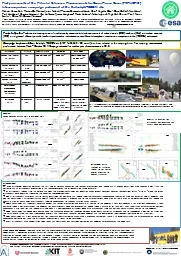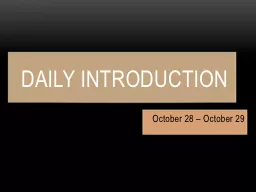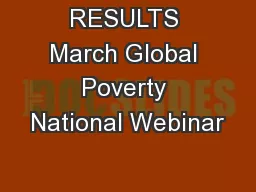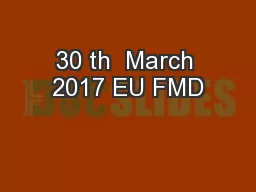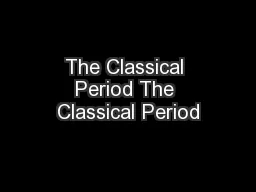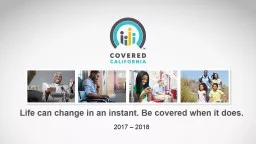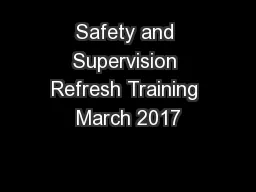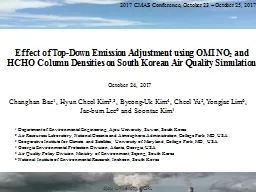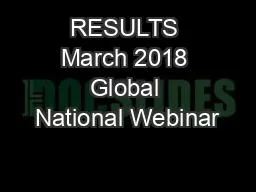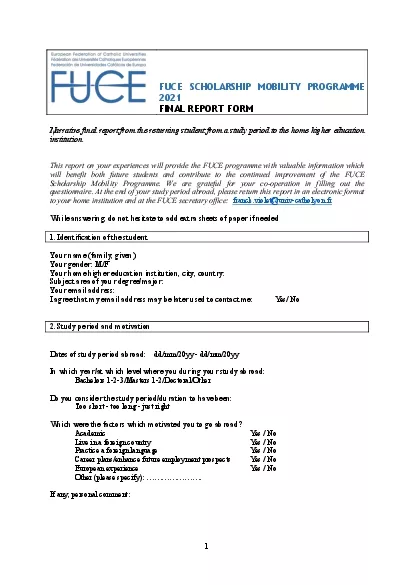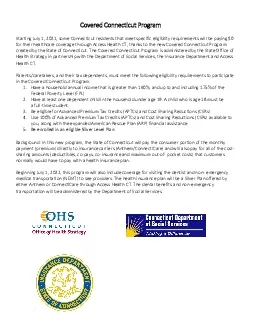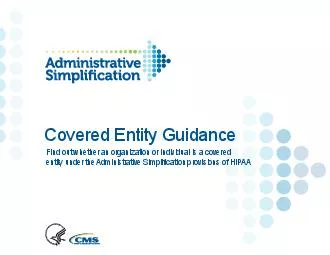PPT-Results: Period covered: March 2017 – October 2017
Author : warlikebikers | Published Date : 2020-07-01
Instrument Institute Spectral range Resolution Main GHGs Bruker IFS 125HR Fig 1bright FMI 1800 15000 cm 1 0004 cm 1 XCO 2 XCH 4 XCO 002 cm 1 Bruker Vertex 70
Presentation Embed Code
Download Presentation
Download Presentation The PPT/PDF document "Results: Period covered: March 2017 –..." is the property of its rightful owner. Permission is granted to download and print the materials on this website for personal, non-commercial use only, and to display it on your personal computer provided you do not modify the materials and that you retain all copyright notices contained in the materials. By downloading content from our website, you accept the terms of this agreement.
Results: Period covered: March 2017 – October 2017: Transcript
Download Rules Of Document
"Results: Period covered: March 2017 – October 2017"The content belongs to its owner. You may download and print it for personal use, without modification, and keep all copyright notices. By downloading, you agree to these terms.
Related Documents

